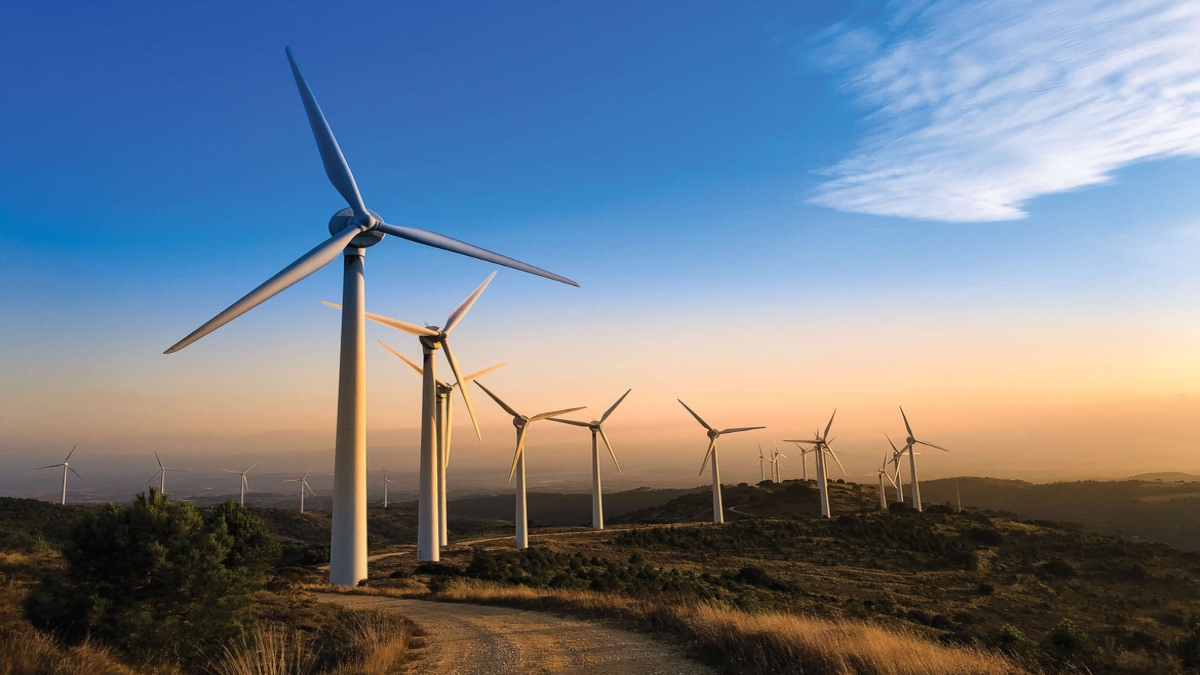


India has set a target of achieving 5 GW offshore wind installations by 2022, and 30 GW by 2030. So far, India has: (i) invited tenders in September 2021 for setting up light detecting and ranging (LIDAR) equipment for wind resource assessment, (ii) partnered with the European Union for wind data analysis; and (iii) announced plans to set up offshore wind projects on a large scale through government run companies. To incentivise energy companies, in 2015 India released the National Offshore Wind Energy Policy (“Wind Policy”), which laid a roadmap for carrying out offshore development and promised government support for setting up offshore wind projects. Further, in 2017, the government issued the ‘Guidelines for Offshore Wind Power Assessment Studies and Surveys,’ which permitted 100% FDI by private players for carrying out offshore wind assessment. India subsequently floated an EOI in 2018 for setting up offshore wind projects which received interest from leading international players. However, the EOI did not progress owing to high capital expenditure and absence of financial support schemes.
At the COP26 in November 2021, India committed to net-zero greenhouse gas emissions by 2070 and non-fossil electricity capacity of 500 GW by 2030. Given that onshore wind and solar projects are nearing maturity levels, adding offshore wind which has 127GW potential to its energy mix is vital to meet the COP26 commitment. For this, India needs to continuously roll out initiatives to meet the ongoing challenges faced by offshore developers to catalyse offshore wind development.
One of the challenges faced by the developers are the multiple permits from different ministries such as fisheries, defence, coastal, environment, power etc., as required under the Wind Policy. The government has stated that it would facilitate such ministries to obtain the approvals but the onus to obtain the clearances continues to rest with the developer and may result in extended permitting delays. .
Further, offshore wind farms are capital intensive and obtaining an ROI take several years especially during the nascent stage and in the absence of fiscal support which leads to apprehension from lenders given the high risk of failure.
Investors are also apprehensive to invest in the transmission sector given the lack of coordination between the centre and state governments. For example, when the new government came to power in Andhra Pradesh in 2019, it issued termination notices under existing power purchase agreements on the premise that the erstwhile government had agreed to a higher tariff than market rate through corrupt practices. Since this allegation was made without adequate inspection, it raised an uproar in the energy market. It was only through the intervention of the central government, judiciary, and threats of invocation of the bilateral investment treaty by international governments that the power purchase arrangements were allowed to continue.
Besides, there is a lack of: (a) port infrastructure for connecting to onshore substations; (b) data on the impact of such projects on marine flora and fauna, archaeological sites, coastal tourism, commercial fisheries and salt pan workers including overlapping of such sites with offshore wind farms; (c) security for the expensive offshore installations; (d) local supply chain for manufacturing turbines and quality blades; (e) critical data to assess techno-economic feasibility of projects including correlation of ground & satellite data for better accuracy and load flow studies for ascertaining power evacuation requirements; and (f) clarity on the conditions of assured power purchase from the developer by the government.
Facing these challenges, I propose to explore the following comprehensive strategy that would include examining the legal, financial, and operational aspects of the following issues. India may consider: (a) updating the wind policy to address the issues stated above including time bound clearance approvals, government support undertakings, clarity on terms of power offtake by the government, providing security to wind installations; (b) supplementing wind policy with legislative backing to gain investor trust; (c) providing fiscal support in terms of reducing tax rates for setting up a local supply chain and offshore projects, government funding of port infrastructure and favourable interest rates. Further, the central bank should issue directives to financing institutions to mandatorily fund offshore wind projects; (d) enhancing data quality through partnership with industries for data sharing and setting up R&D centres; (e) assessing consumer patterns and requirements of industries along the coastline to directly provide power to such industry clusters rather than injecting in the grid through the state government; and (f) ensuring a coordinated multi-agency approach under central leadership to boost investor sentiment.
The success of offshore wind projects in Europe and the COP26 call to reduce dependency on fossil fuels have increased focus on offshore wind in India. The response to the EOI proves demand exists from the investors but investor interest may wane unless the government aggressively addresses current challenges.
Manushi Desai is a lawyer practising in Gujarat High Court and has previously worked with Khaitan, Cyril Amarchand Mangaldas and Shardul Amarchand Mangaldas in energy financing.